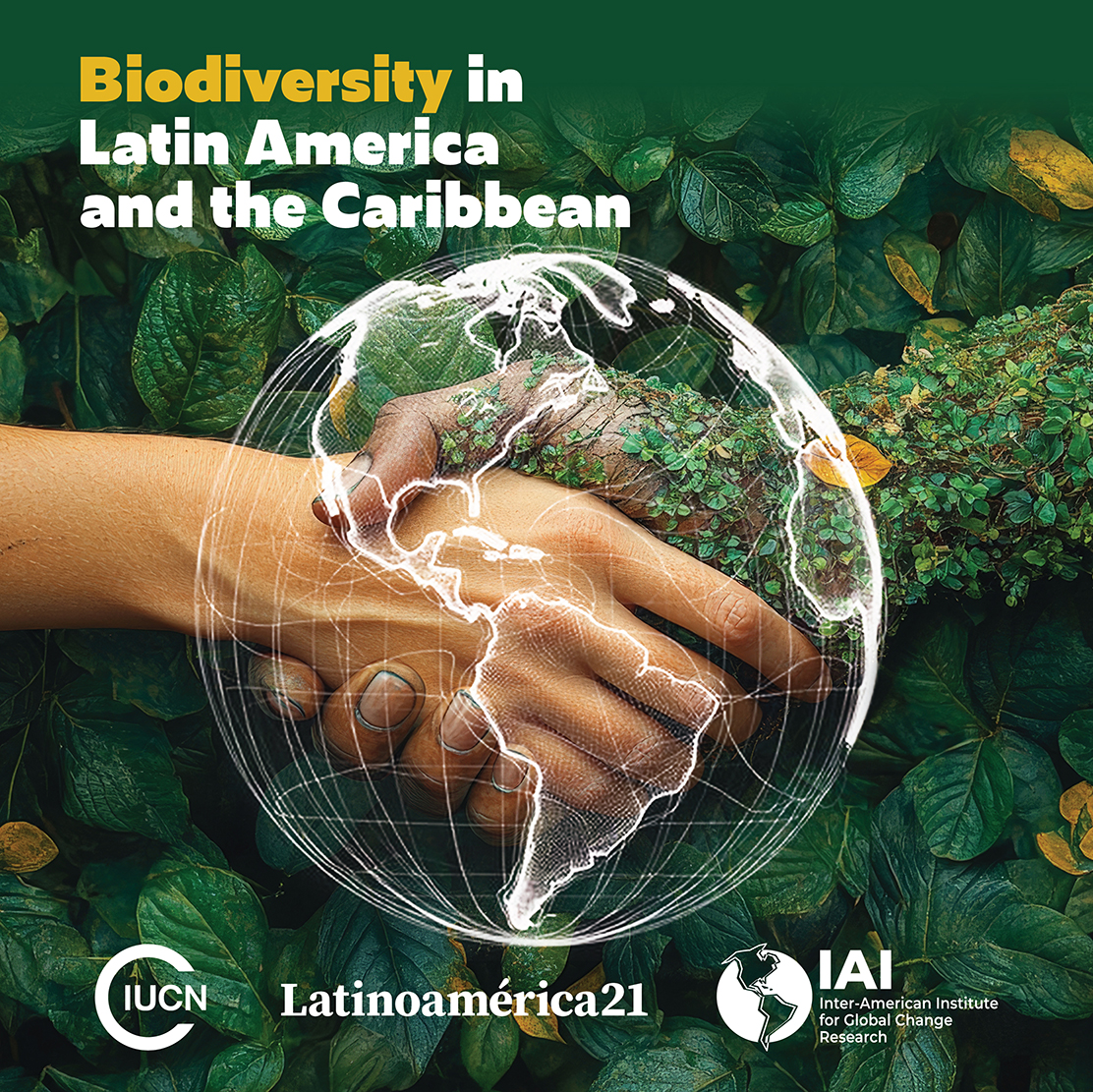In 2014, a report published by the World Health Organization (WHO) pointed out an worrying reality: between 2000 and 2012, Brazil was the fourth Latin American country with the highest growth in suicides numbers. In absolute numbers, it led the ranking. It is striking that the number of female victims increased more quickly (17.80%) than that of men (8.20%). Fast forward ten years later, the WHO places Brazil in the opposite direction to the world: the number of suicides in the country has doubled in the last 20 years, surpassing, among deaths from external causes, deaths from motorcycle accidents.
Suicides are preventable. Worldwide, public policies have been implemented to reduce suicide rates, many of which are aimed at preventing access to the most commonly used means of suicide, in addition to restricting access to alcohol and firearms—used in only 9% of cases.
Global data on suicide show that elderly men are the main victims, followed by young people and middle-aged women. Data therefore reflects that more developed countries, whose population profile is older, have higher suicide rates.
While there is no certainty yet about a correlation, factors such as economic crises, unemployment, economic development levels, exposure to violence and to the use of alcohol and drugs, patterns of mental illness and the cultural relationship of different societies with suicide, in addition to facilitating access to the means to commit suicide, are risk factors.
In the case of Brazil, the increase in suicide rates is striking, a phenomenon also observed in other Latin American countries such as Mexico, Argentina and Colombia. In particular, the increase in cases among women, teenagers and young men between 15 years and 29 years old is a cause for concern. According to the WHO, suicide is the second leading cause of death in this age group worldwide.
In Brazil, In Brazil, suicide is one of the three leading causes of death in the 10-29 age group and factors accentuating it are interpersonal violence (including homicides, femicides, assaults); suicides and traffic accidents. These cases have age, but also color. Most of them are young blacks.
Between 2000 and 2015, cases increased by 65% among those aged 10 years to 14 years, and by 45% among those aged 15 years to 19 years. The increase for the average population was 40% for the same period. In 2019, every 46 minutes a person committed suicide in Brazil and most cases were black men, aged between 10 years and 29 years.
Another phenomenon observed in the last two years was marked by the Covid-19 pandemic. Suicide cases increased especially among the elderly in the North and Northeast regions. A similar increase was observed in Rio Grande do Sul, a state that has always been at the top of suicide rates in Brazil.
Suicide beyond the numbers
Suicide is an extremely complex phenomenon, but it is possible to highlight some of its facets, whether they are individual and collective. The main one is that we, as a society, need to face our suffering and its symptoms frankly. The suffering felt by the individual is also a collective suffering. Suicide cases are not only due to an individual impulse. Mental illnesses are also constructed in relation to society, to the collective body that recognizes or not its discomfort and its symptoms.
Those who attempt against their own life present recurrent mental illnesses, such as depression and bipolar disorder, which are some of the most common. Symptoms such as anxiety, panic attacks, stress, social phobia, are commonly neglected, mainly in a society that does not allow suffering, that does not grieve, or that does not listen or observe the other. That is a society that treats mental illness as a taboo, that understands suffering as weakness, cowardice of those who cannot face life. How to forget the country’s president who, in the midst of collective fear and the crisis caused by the pandemic, called “faggots” those who were in favor of social distancing and isolation?
The emergence of ideas about death in modern times is related to a form of suffering linked to the feeling of loss; loss of desire, loss of the other, loss of social recognition, loss of the sense of experience, that is, the perception that life no longer belongs to us, a life which there is no reason to value.
Why live if my wishes and feelings are not respected? Why live if I am no longer useful to my people and to the community? Why live if I have no place, no job and no recognition?
Why do our older men, younger people and teenagers, and now also more and more women, ask this question more and more frequently?
Every transformation, every loss in our lives, separations, moves, school changes, job changes, the end of a friendship, the death of a loved one, trigger mourning processes. Processes that force us to rework the meaning of experience, of existence, and whose inherent suffering should not be ignored.
We are facing a “mental-health pandemic”, with an increase in depression cases and the use of psychotropic drugs, sometimes abusive and wrong—these include anxiolytics, antidepressants and sleep inducers. Clonazepam, which in 2015 was already on the list of the 10 best-selling drugs in Brazil and at the top of the list of best-selling anxiolytics, had a jump of about 22% in sales during the pandemic.
Brazil has been living a complex collective social experience in recent years: Neoliberalization of social relations, exacerbation of individual responsibilities, economic crises, added to an experience of collective resentment and hatred catalyzed by political disputes; the Covid-19 pandemic and the unleashing of feelings of helplessness, dependence, helplessness, deaths and their invisible orphans.
We are sick. The various forms of suffering, mental illness—depression—and the increase in cases of suicide are symptoms that should never be neglected.
Translated from Spanish by Ricardo Aceves











